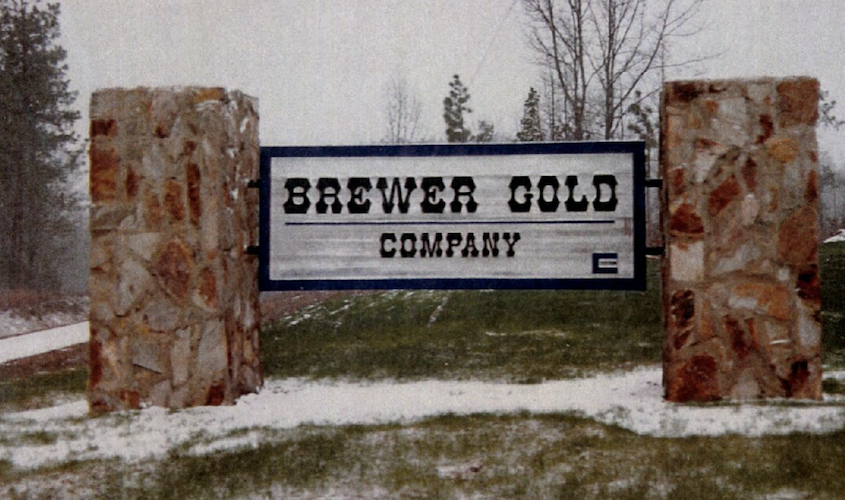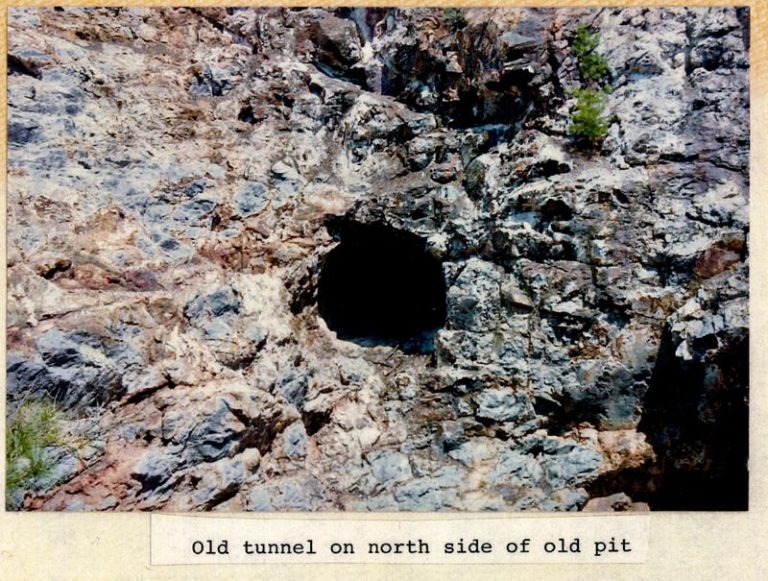Unearthing the buried, centuries-old history of Brewer Gold Mine

The abandoned Brewer Gold Mine just west of Jefferson, S.C., today is a shell of what it used to be in the mine’s heyday, but its storyline runs deep and as far back as the 16th century, with many ups and downs, and twists and turns.
Originally founded in 1760 by the Miller family, who appropriately named it Millersville, the town became Jefferson in 1904, the year it was incorporated. The history of Jefferson’s Brewer Gold Mine, however, is said to carry its own weight as once serving as one of the oldest and most productive gold mines in the eastern United States. Here’s a quick timeline:
16th century: Spanning more than 1,000 acres between Little Fork Creek and Lynches River in Chesterfield County, the land that would become Brewer Gold Mine was first the location of trades between Native Americans and Spaniards.
Pre-Revolutionary War: The land first begins as a mining area for iron.
1828: Burrell Brewer documents the first discovery of gold. The mine would go on to operate intermittently from this date for more than 170 years until 1995.
1850s-1860s: The original open mine pits and tunnels are dug out to a maximum 340 feet in depth, thanks to the efforts of hard labor.

1987-1995: Jumping a century ahead, this is the most significant period of gold mining. The company mined more than 12 million tons of gold ore and waste rock from three pits on the property. Here’s a brief breakdown of the mining process:
- The rock is fractured by drilling and blasting, then loaded into trucks.
- The gold ore is crushed, agglomerated with cement, and the cyanide heap-leach process would begin, with the crushed ore placed on pads and a cyanide solution sprayed over the gold, and carried down to collection ponds.
- The gold-laden product was pumped to a treatment system for gold recovery, and the cyanide solution was refortified and returned to the leach heaps.
1990: A dam broke after a large period of rainstorms, resulting in more than 10 million gallons of cyanide solution escaping from the mine and flowing into Little Fork Creek. Also a result: fish died in the creek and Lynches River in a range of 50 miles downstream. After a diligent response from the EPA and SC DHEC, the dam was repaired, and the mine was back to business in 1991.
1995: Brewer Gold Mine gives notice to the state that it will close down operation.
1999: The mine officially abandons the site, and the EPA takes over water treatment activities to contain any acid rock drainage to the area’s surrounding bodies of water.
2005-2016: The EPA and SC DHEC conduct cleanups, treat wastewater, and lead onsite investigations and five-year reviews. More than 120 million gallons of acidic water were removed.
2019-2023: The EPA, along with the international Pancontinental Resources Corporation, are continuing to address any environmental issues onsite and also explore if there are any minerals still in existence to justify reopening the mine. The exploration activities are expected to continue at least until March 2022, with the possibility of extending it into September 2023.
For more info and updates on the future of Brewer Gold Mine, visit www.brewergold.com.







